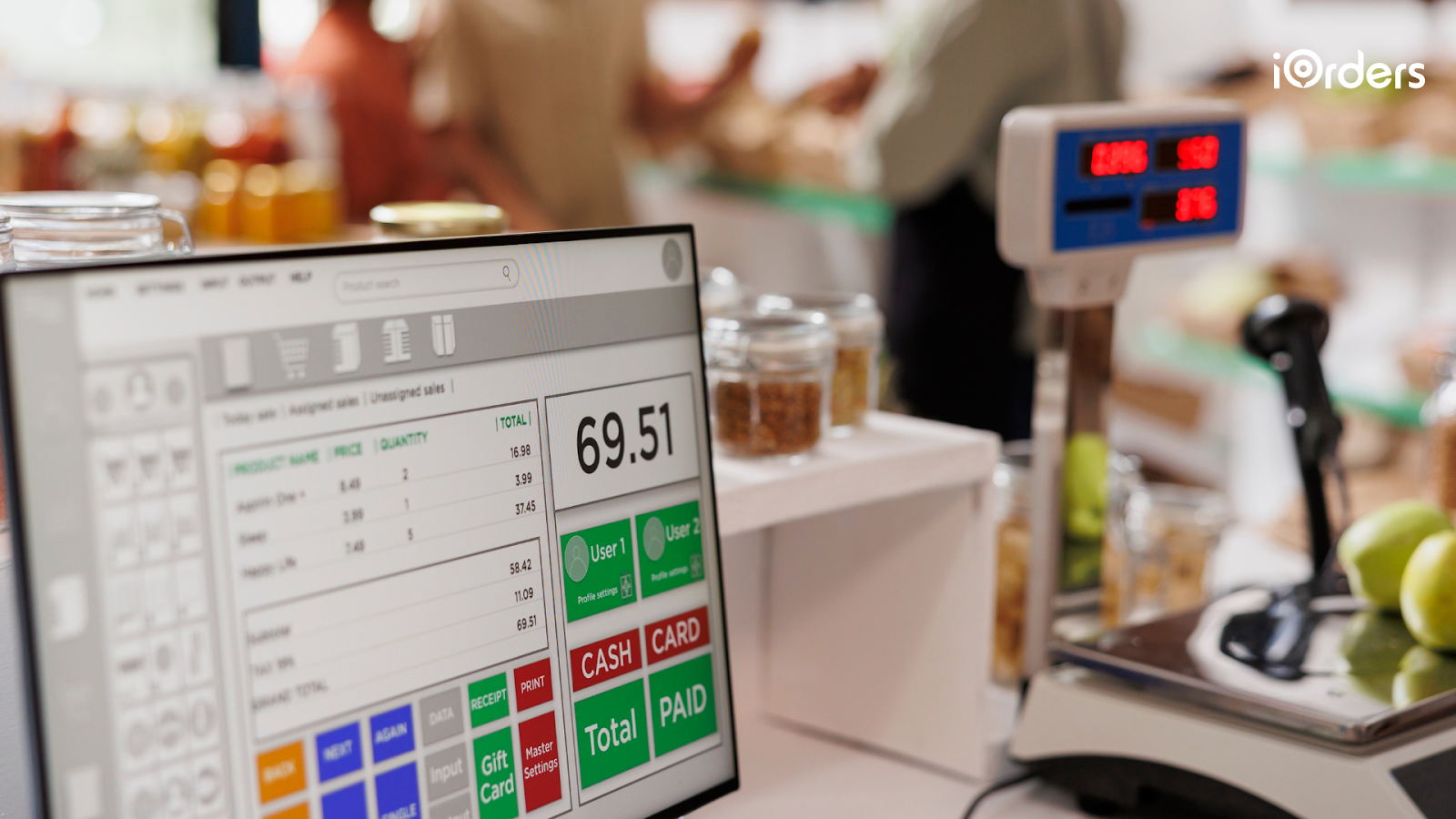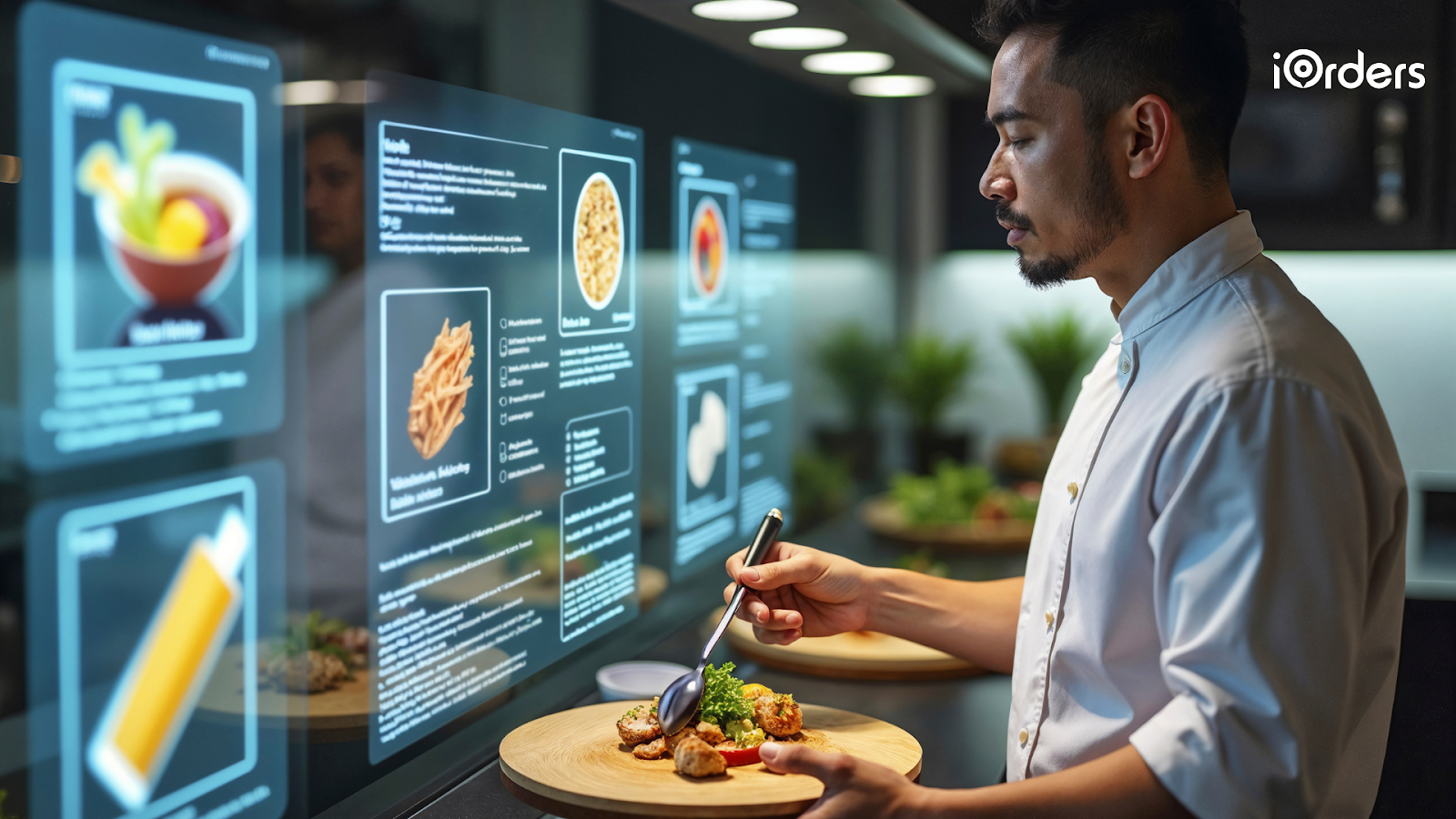June 11, 2025

The Canadian restaurant industry is known for its dynamic nature, with new establishments emerging every year. However, despite the charm of a bustling food scene, the question remains: Is opening a restaurant profitable in Canada?
According to the Retail Insider, the restaurant industry has been grappling with rising operational costs and food expenses, with an alarming 51% of Canadian restaurants operating at a loss.
So, what does it take to succeed in the competitive Canadian restaurant landscape?
This blog examines key factors influencing restaurant profitability, including average margins, industry challenges, and how utilising the right tools and strategies can enhance profitability.
Stay with us to discover the essential insights that could shape your journey toward opening a profitable restaurant in Canada.

For a successful restaurant, understanding profit margin is crucial. It's calculated by dividing net profit by total revenue, expressed as a percentage. A higher margin means generating more profit from each dollar of revenue, which is essential for long-term sustainability.
For example, if your restaurant generates $100,000 in revenue and your net profit is $10,000, your profit margin would be 10%.
Profit margins in the restaurant industry are tight due to high operating costs. Understanding the factors that affect margins helps in making informed decisions. In Canada, owners must monitor costs and revenue closely to maintain profitability.
Let's examine the factors that impact restaurant profit margins and explore strategies to enhance them.
Restaurant margins in Canada are low, averaging 3% to 5% profit (National Restaurant Association Canada). For every dollar earned, only a small portion is profit. However, it's important to note that margins can vary depending on the type of restaurant.
For example, fine dining restaurants generally operate with lower margins (around 3%) due to higher overheads, while fast-casual restaurants can sometimes reach 6-8% in profit.
But why is this the case?
While food and labor costs are the main contributors, several other factors affect a restaurant's profitability:
For example, a local cafe can boost its margins by optimizing food inventory. They can introduce smarter ordering systems, reduce food waste, and eventually increase profits.
iOrders' commission-free system helps restaurants retain more revenue and increase profit margins on delivery orders. Our Smart Campaign service helps restaurants acquire customers, enabling targeted and cost-effective campaigns to boost sales without overspending.
By utilizing these tools, restaurants can manage costs better and maximize their profitability.
Now that we have a clearer understanding of profit margins and how to improve them, let's explore the key factors that influence profitability beyond the numbers.
When it comes to running a profitable restaurant in Canada, several key factors go beyond understanding margins. These factors influence how well your restaurant performs in a competitive market, impacting everything from sales to customer loyalty.
Let's discuss the primary elements that affect profitability and how you can address them.
Location is critical for restaurant success. Whether it’s bustling urban centers or quieter suburbs, your location significantly impacts foot traffic, visibility, and customer base. In competitive areas like Toronto and Vancouver, restaurants must position themselves strategically to stand out.

The type of restaurant and business model significantly affect profitability. Each model has unique challenges and benefits.
For instance, a full-service restaurant requires more staff and higher overhead, but it can generate more revenue per customer.
For example, a fast-casual chain can enhance profitability by offering a simplified menu that includes higher-margin items and investing in technology to expedite service times, thereby improving customer experience and reducing turnover.
Location and business model aside, broader economic factors significantly impact restaurant profitability, including inflation, food costs, and consumer spending.
Rising food prices, driven by inflation or supply chain issues, challenge restaurants to keep prices competitive while maintaining margins.
You can make your restaurant more accessible and convenient for customers, especially in high-traffic areas, by enabling direct ordering from a table using iOrders' Website & QR code, reducing wait times and increasing sales.
Now that we've covered the key factors influencing profitability, let's take a look at the challenges restaurants face in Canada and how you can overcome them.
Running a restaurant is not without its challenges, especially in a competitive and evolving market like Canada. From rising operational costs to market saturation, restaurant owners must continuously adapt to overcome these hurdles.
Let's examine the primary challenges faced by restaurant owners in Canada and explore effective strategies for addressing them.

The Canadian restaurant sector is fiercely competitive, particularly in urban areas where new establishments frequently launch.
Cities such as Toronto and Vancouver are experiencing a surge in new dining options, complicating the efforts of individual businesses to differentiate themselves and attract customers.
Restaurants face competition from numerous dining options, making it crucial to stand out. Consumers prioritize convenience, price, and uniqueness. Offering signature dishes and exceptional service is crucial to attracting customers and fostering loyalty in this market.
For instance, a neighborhood bistro in Montreal can differentiate itself from competitors by providing a farm-to-table menu and highlighting sustainability. This approach not only attracts customers who appreciate ethical dining but also enables the bistro to charge higher prices for locally sourced ingredients.
The restaurant industry is notorious for its high failure rate. Factors like mismanagement, poor location choices, and unforeseen economic downturns contribute to the high rate of closures.
According to industry reports, nearly 60% of new restaurants fail within their first year and 80% close before their fifth anniversary.
Running a restaurant successfully requires efficient operations, and iOrders can help ease some of the most significant challenges:
With iOrders' Delivery-as-a-Service, you can deliver without high commission fees. This can help offset rising operational costs and reduce dependency on third-party platforms.
With these challenges in mind, let's discuss realistic profitability expectations and how restaurant owners can thrive despite the hurdles.

Even with the difficulties confronting restaurant owners in Canada, profitability remains attainable, provided you set realistic profit expectations. The average profit margin for restaurants in Canada is as follows:
Source: Restaurant 365
Many restaurant owners aspire to gain high profits, but many operate on slim margins, especially in early stages. Understanding this helps maximize every dollar earned.
For example, a Toronto-based sushi restaurant operates with modest margins in the first few years. However, by implementing menu changes based on specific research, the restaurant can establish a rewards program and enhance its delivery service, which can eventually lead to higher profits.
While margins can be tight, there are several strategies restaurant owners can employ to boost profitability:
By using iOrder's suite of tools, you can focus on growing your business while keeping costs under control and driving more revenue.
Now that we've covered how to improve profitability, let's take a look at some common mistakes to avoid when opening a restaurant.
Opening a restaurant is exciting but can lead to mistakes. Many new owners overlook crucial aspects that can harm profitability and lead to failure. Avoiding these pitfalls sets your business up for success.
Let's look at some mistakes to watch out for when launching your restaurant.
New restaurant owners often fail to research the market before opening. Understanding the local market, target audience demographics, and competitor offerings can significantly impact your restaurant's success. Understanding who your customers are and what they want is key.
For example, opening a high-end steakhouse in an area where people prefer casual dining might not attract enough customers.
Failing to analyze the competition can lead to overestimating demand or offering the wrong type of food. It's essential to understand what's already available and identify ways to differentiate your restaurant.

A diverse menu can be appealing, but overcomplicating it leads to inventory issues, longer wait times, and higher costs. Keeping the menu simple and prioritizing quality is essential.
A focused menu enhances inventory control and streamlines preparation. Providing a few standout items can be more profitable than satisfying every customer with a large menu.
Customers return for their favorite dish. If you try to do too much, the quality of your food might suffer, leading to inconsistent experiences for your customers.

In the current digital era, restaurants must prioritize their online presence. Many new restaurant owners often neglect to allocate sufficient time or resources to create a robust digital footprint, which can significantly limit their customer outreach.
iOrders' Menu Management allows you to manage your menu and optimize it for profitability, ensuring you focus on high-margin items that drive sales.
Now that we've covered some of the mistakes to avoid, let's take a closer look at the key metrics every restaurant owner should track to ensure long-term profitability.
Opening a restaurant in Canada can be a rewarding experience, but it requires careful planning, industry knowledge, and the right tools. While challenges such as rising costs and fierce competition exist, restaurants that focus on smart strategies and customer experience can thrive.
By setting realistic expectations, managing costs, and differentiating your offerings, you can boost your profitability in a competitive market.
Utilizing technology, like the services provided by iOrders, you can make all the difference. Streamlined online ordering tools, inventory management, and optimized marketing help reduce operational headaches, allowing you to focus on providing the best dining experience.
Ready to take your restaurant to the next level? Contact iOrders today to maximize profitability and stay ahead of the competition.